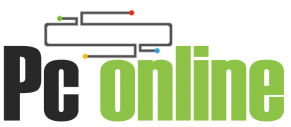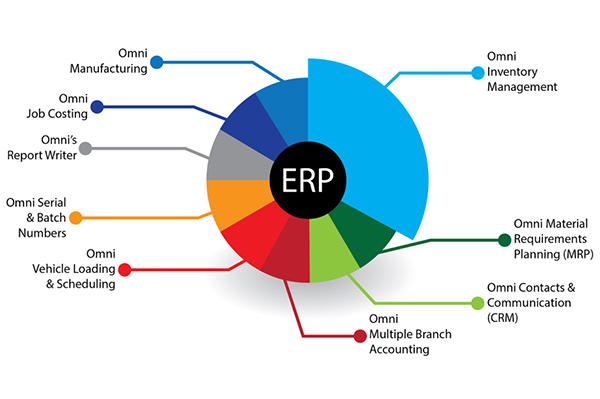ERP OR Enterprise Resource Planning is a program that streamlines standardizes and integrates the overall business network including HR, finance, distribution, marketing, procurement, and other departments.
The essential operational and financial functions are automated. You gain data insights from multiple resources including general ledger, payroll, accounts payable/receivable, and financial reporting. It even helps with order & supply chain as well as inventory management.
Organizations using applications like HRMS [Human Resource Management], CRM [Customer Relationship Management] and e-commerce capabilities can enjoy vast benefits with ERP solutions.
StackFX ERP software is developed by TrueBays to control overall business operations. It doesn’t matter if you are a Fortune 500 company or a small business, TrueBay team has developed an ideal solution to manage customers via CRM, check accounts & finance, handle purchases & sales, monitor the inventory, and a lot more. Give them a call!
Beneficial features of ERP
Integration
Central view of crucial operational and financial business data is shared across in close to real-time. Therefore, the data silos that lead to missed opportunities and inefficiencies among different departments are eliminated. ERP system develops BI in the form of detailed reports that organizations can use to capitalize on new market opportunities or re-allocate resources and more.
Automation
Repeatable tasks like order processing, payroll, invoice reporting, etc. are time-consuming and prone to errors because of manual data entry. ERP system reduces the time and allows the staff to concentrate more on other valuable projects.
The data entered now is made accessible across the organization, which helps stakeholders to receive updated cash flow or other metric reports essential to make a prudent business decision. It even helps in several other ways like inventory tracking allows triggering shipment automatically, when a certain SKU is available translating into a better customer experience.
Data analysis
Data analysis empowers the employees to spin the gathered data into actionable insights like optimizing existing operations, new business opportunities, spot fraud, reduce costs, and offer a better customer experience.
Reporting
ERP reporting segments gather data associated with business operations and design them into visual representations [chart dashboards, and graphs]. It empowers the stakeholders to enhance business processes, make educated decisions, and detect glitches before business suffers.
Accounting
Financial data like accounts payable/receivable, general ledger, forecasting, and budgets are delivered by the accounting feature of the ERP system. Some systems are capable to perform sophisticated tasks like fixed asset management, tax management, multi-currency reconciliation, and revenue recognition.
This feature reduces the time needed to reconcile and close monthly financial statements crucial for businesses looking for month-end closes consistently to progress.
CRM
ERP with CRM feature allows managing, sharing, and accessing customer details like contacts, purchase orders, order history, and prospect status. CRM even allows automating processes like sending follow-up notifications to an account executive; generate account receivable reminders, and filling PO.
Sales & marketing
Generating quotes, selling, upselling, forecast, commission management, and tracking profit margins becomes easy for the sales and marketing staff. Customer activities can be tracked through the sales cycle. ERP system allows the sales & marketing department to work in sync with the operations and finance units, which enhances great customer experience through the sales pipeline.
There are many other benefits like supply chain management, human resources, manufacturing, and tracking that reliable ERP solutions can offer to your organization.


